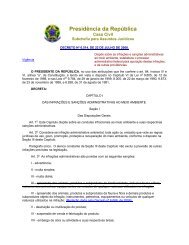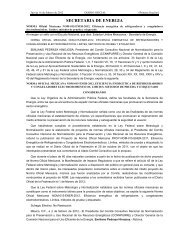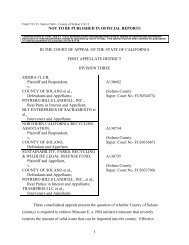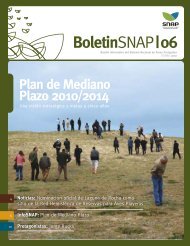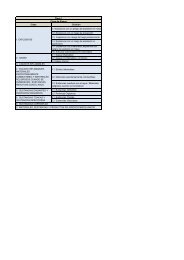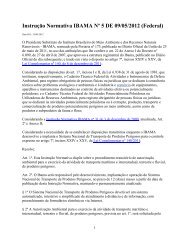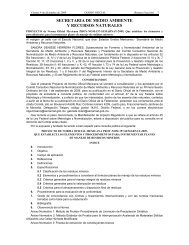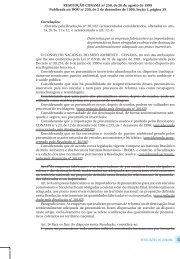OceAn science OceAn science OceAn science
OceAn science OceAn science OceAn science
OceAn science OceAn science OceAn science
Create successful ePaper yourself
Turn your PDF publications into a flip-book with our unique Google optimized e-Paper software.
Models<br />
Combining existing data sets with scientific and social theory and modeling will enhance<br />
understanding and address user needs by providing a window on past conditions, permitting<br />
an assessment of present conditions, and enabling predictions of future conditions.<br />
Models may be developed for several reasons, including exploring the relationships<br />
among physical, chemical, biological, and socioeconomic variables; hindcasting<br />
previous conditions in an area; and forecasting the impacts of environmental change or<br />
management practices.<br />
Models can comprise a certain configuration, including parameters, domain, and<br />
boundary conditions. The term model can also be used to describe a modeling system,<br />
which incorporates an array of algorithms (a set of sequenced, computational instructions)<br />
from which the most appropriate combination can be selected for a particular application.<br />
The discussion of models throughout the societal themes incorporates both model<br />
configurations as well as modeling systems.<br />
Key elements to enable modeling efforts nationwide:<br />
• Expand translation of data and insight derived from ocean research and observations<br />
to improve representation of this information in models.<br />
• Develop new application-specific model configurations where necessary.<br />
• Consolidate existing modeling capabilities into a flexible and comprehensive unified<br />
ocean-modeling software environment, building on the diverse existing community<br />
and developmental ocean models.<br />
• Improve model analysis and capabilities through model diagnostics and intercomparison<br />
activities.<br />
• Conduct systematic best-practice studies to develop guidance in the selection of<br />
optimal algorithms and techniques for particular modeling applications.<br />
• Expand development of high-resolution, global ocean model configurations for<br />
use in real-time, short-term forecasts out to days or months, reanalysis of historical<br />
ocean state, and multi-century climate forecasts.<br />
• Expand current computational capacity to assimilate increasing amounts of data<br />
provided by ocean-observing assets and to support and process model advancements<br />
incorporating increased process and mechanistic understanding.<br />
To ensure the effective use of model output, developers and users must address several<br />
issues, including how the temporal and spatial scales of the input data compare to the<br />
outputs and products, how uncertainty in data sets and model calculations is propagated,<br />
and how the models are intended to be and are actually used.<br />
47




